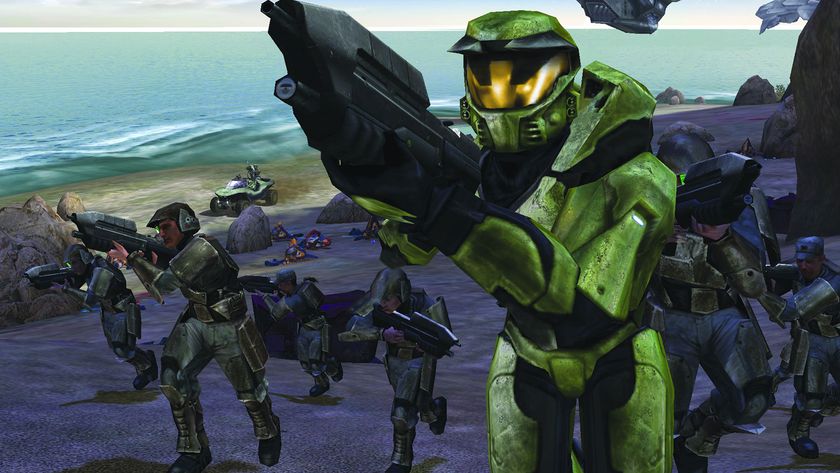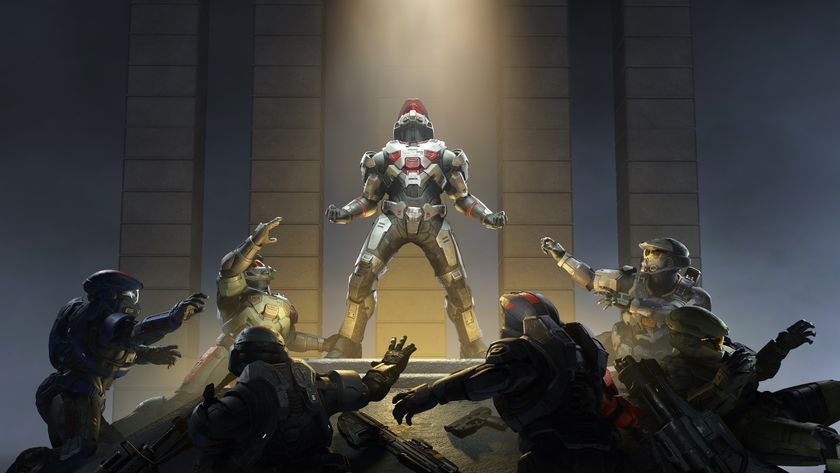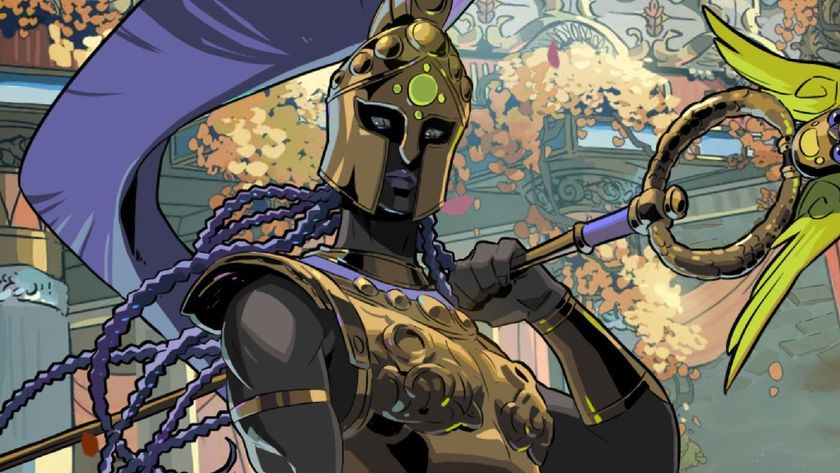Why Halo: Reach's multiplayer is better than Halo 3's
The Bungie formula is finally changing - here are the 11 most important improvements
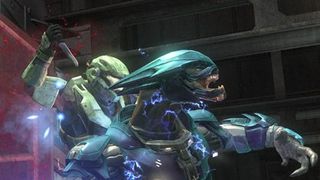
Halo's multiplayer has never been as overtly violent as, say, Gears of War. That said… Halo: Reach contains by far the nastiest, "oh shit" kills of any game in the series. Nothing as gruesome as a curb stomp, of course, but still shockingly brutal for a bunch of rainbow-colored Power Ranger lookalikes.
For example, I've now witnessed a Spartan soldier climbing onto another Spartan's back, then snapping his neck with the fluid ease and sickening sound of a chewed chicken bone. I've crept behind a competitor, whipped out a hidden blade, buried the knife deep into the soft flesh between his helmet and chest plate, then walked away as his body dropped lifeless to the floor.
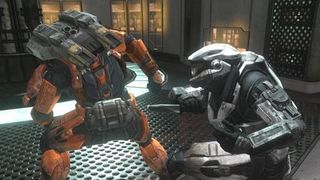
These animations play alongside "assassinations," Halo's term for meleeing someone in the back. In order to execute that extra flair, you must hold down the melee button instead of simply tapping it; during that extra second, you could lose your prey. But when the reward is this satisfying – so much so that I'm praying it will replace teabagging – how can you resist?
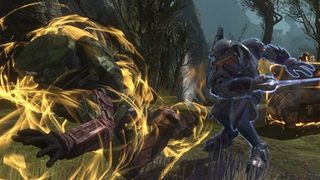
We all whined about Arbiter as an unwanted second protagonist in Halo 2, but give the alien some credit – playing as him was a surprising new experience. He didn't move, control or feel the same as Master Chief, and why should he? One's a military genetic soldier and the other's an extraterrestrial religious warrior.
Unfortunately, that difference didn't translate into the multiplayer. Other than weirder armor and uglier faces, the Covenant Elite avatars were completely interchangeable with the Human Spartan avatars.
Not anymore. In Halo: Reach, the Elites are physically bigger than the Spartans. Faster, too. Their health (of which they already have more) regenerates automatically, while Spartans must find health packs if they lose too much life. Elites can use "Evade" while Spartans can't. Spartans can use "Sprint" while Elites can't. The differences are clear and have major impacts on gameplay.
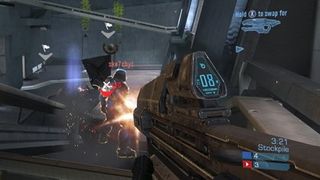
Okay, this one's only a slight improvement.
Sign up to the 12DOVE Newsletter
Weekly digests, tales from the communities you love, and more
The Plasma Launcher, which is capable of propelling up to four heat-seeking, glowing blue, sticky grenades at one target – at once – is definitely unlike anything you've ever fired in a Halo game before. Too bad the only time I found one on the map during six hours of straight play, its ammo had already been depleted. In theory, though? Awesome. The regular Grenade Launcher is pretty neat as well, since you can shoot out a grenade but time the detonation for later by holding onto the trigger button.
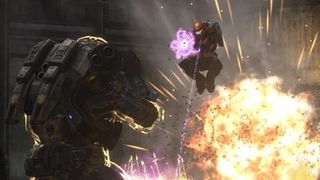
But the other guns, while technically new and certainly as different as the weapons between Halo 2 and Halo 3, don't seem new enough. This is Halo: Reach, after all, not Halo 4. Why does the new Covenant Focus Rifle look like the old Spartan Laser with an orange beam instead of red? Why does the new Plasma Repeater have to be a "modified version" (according to the press release) of the old Plasma Rifle, the new Designated Marksman Rifle a "replacement" of the old Battle Rifle and the new Needle Rifle a "combination" of the new Rifle and the old Needler?
I'm sure these changes and upgrades will cause hardcore Halo fans to salivate. Everyone else, however, might be hoping for completely original inventions.
Most Popular






